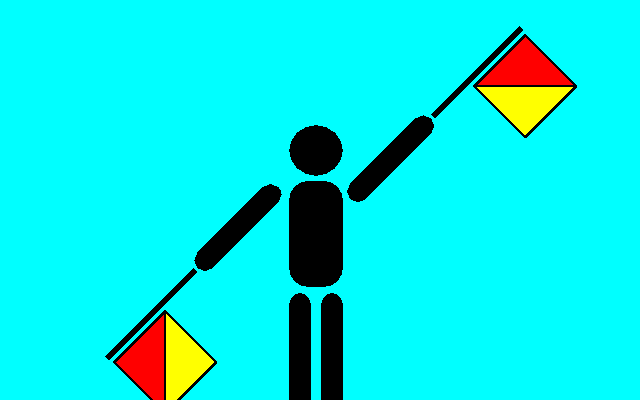It all started with an article about a speech by Dallas Fed President, Richard Fisher, in the Business Insider last Friday. Mr. Fisher basically said that wages could start rising once unemployment hits 6.1%. He then said that the Fed should start raising the effective Fed rate earlier than projected. The idea is that the Fed should get ahead of wage inflation before it affects price inflation.Â

Then Tim Duy and Brad DeLong replied to Fisher’s view. They say that the Fed rate should not cut wage inflation short before it even starts. As Duy and DeLong say, we should actually strive for a 4% wage inflation alongside 2% price inflation.
Slow and Gradual is the Key
But there is an idea from Mr. Fisher that both Tim Duy and Brad DeLong did not address. Here is what Mr. Fisher said at the end of the article in the Business Insider…
“â€I’d like to do it in a slow and gradual way, rather than rapid and sharp,†he said. “Historically within the Fed, whenever we’ve waited til we believe we are at some measure of full capacity utilization and then we’ve raised rates, every time we’ve done it we’ve brought about a recession.â€
Mr. Fisher’s concern is waiting too long to raise rates, and then having to do it too fast. So he prefers to start raising rates early and proceed more slowly. Isn’t he being wise or at least proactive?
On the other hand, do Duy and DeLong prefer the risk of having to raise rates too fast later? Yes, they do. But wouldn’t that cause a recession? Most likely, but it is a risk worth taking.
But then again… as I look into the psychology of the issue, I see a Fed rate that will most likely start rising later than Mr. Fisher would like, and that will rise slowly and gradually even if data warrants a faster rate rise. The Fed does not want to trigger a recession. So they will always keep the Fed rate on the low side… ALWAYS. Is this wise?
Will a higher Fed rate cause a contraction? Will a lower Fed rate keep the economy healthy?

